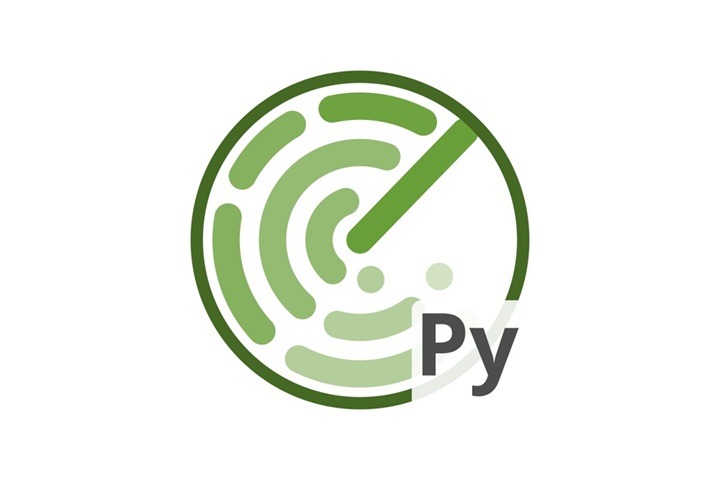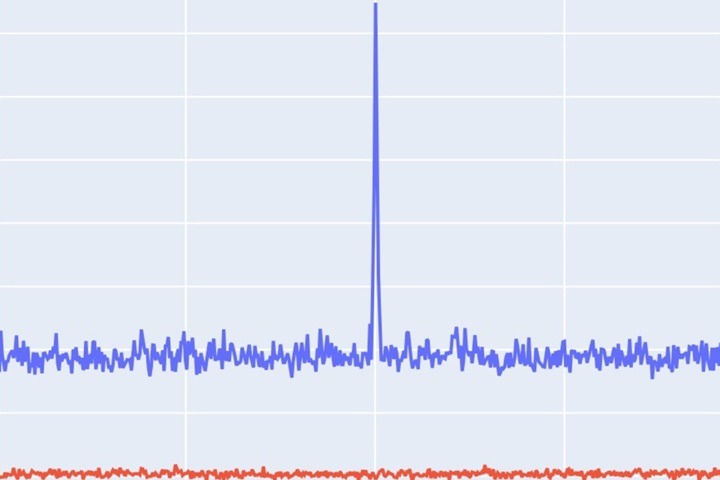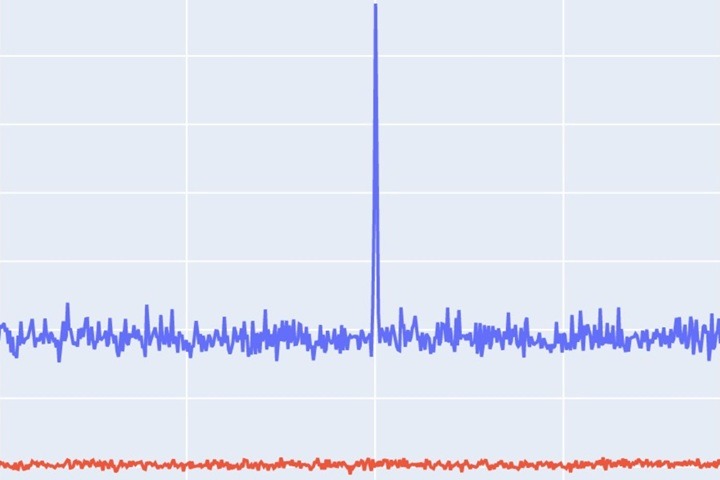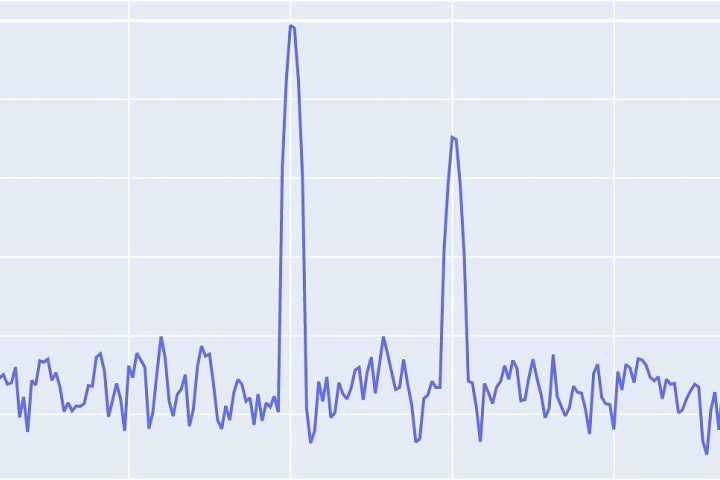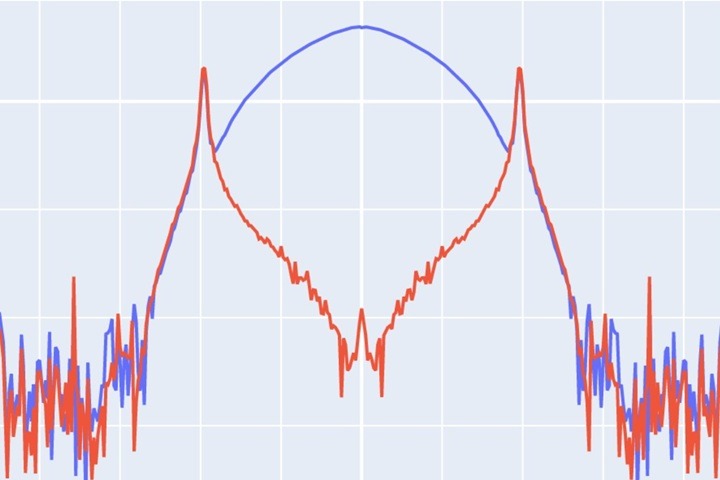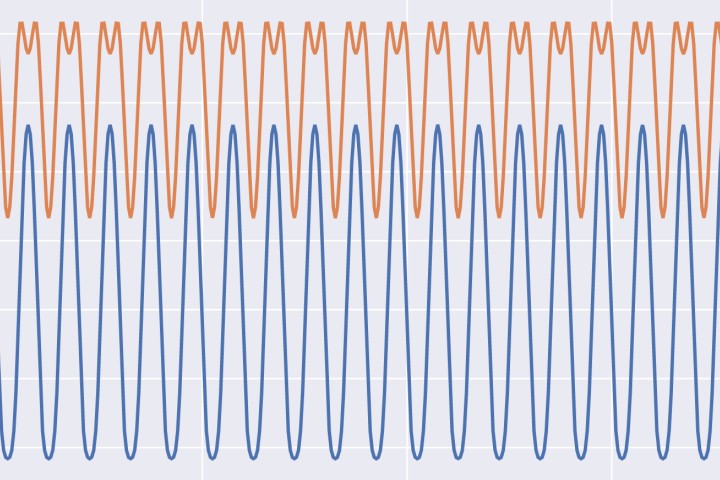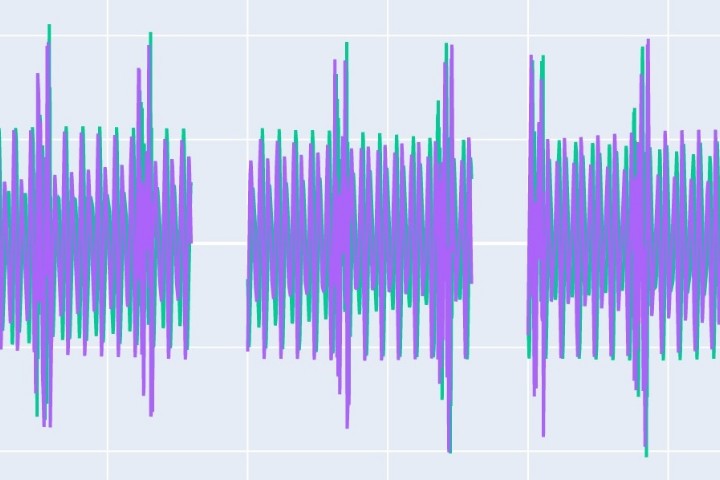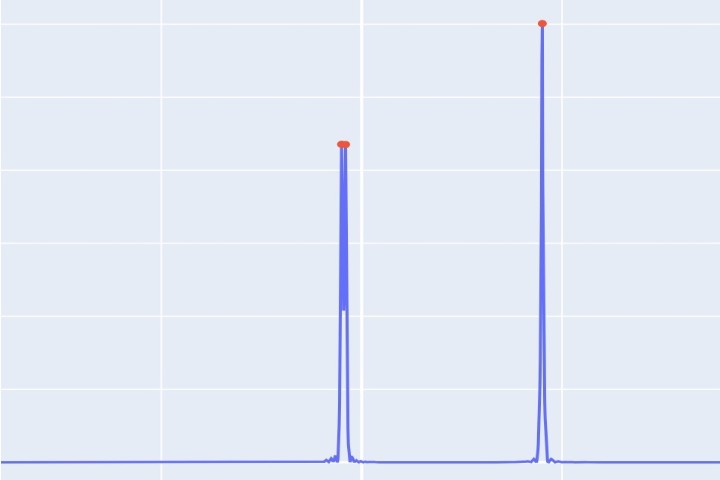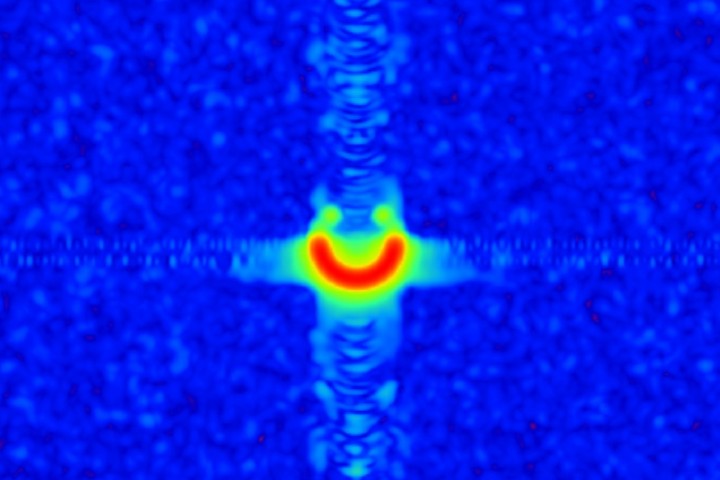Zach
FMCW Radar Link Budget (Mesh Target)
This post continues our discussion on FMCW radar link budget analysis, moving from a point target to a mesh target scenario. A mesh target introduces unique reflective characteristics that affect signal strength and detection range. Radar link budget analysis evaluates power levels from transmission to reception, accounting for antenna gains, propagation losses, and target properties. Understanding these factors is crucial to ensure the radar system can detect and track targets effectively, especially when dealing with complex reflectors like mesh structures.
RadarSimM v4.2 Release
RadarSimM v4.2 is the latest version of our radar simulation software, packed with new features, enhancements, and optimizations to provide you with an even better radar simulation experience.
FMCW Radar Link Budget (Point Target)
Radar link budget analysis is a critical process for determining the power levels throughout the radar system’s signal chain, from transmission, through propagation, to reception. The goal is to ensure that the radar can detect and track targets at the desired range. The analysis involves understanding how transmitted power is affected by various factors, such as antenna gains, propagation losses, and target characteristics, ultimately determining if the received signal is strong enough for detection.
Pulsed Radar
Pulsed radar transmits short, intense radio pulses to detect and track objects by measuring the time it takes for echoes to return. It’s used in air traffic control, weather monitoring, military surveillance, and navigation. The illustration demonstrates a pulsed radar simulation using the RadarSimPy framework.
Cross-Polarization and Co-Polarization RCS
In this example, we demonstrate how the RadarSimPy framework can be applied to derive the Cross-Polarization and Co-Polarization RCS of a corner reflector.
Interferometric Radar
Consider utilizing RadarSimPy for a simulation example involving interferometric radar. This simulation employs RadarSimPy to capture subtle movements of an ideal point target, showcasing the radar’s measurement capabilities.
Interference
In this illustrative example, we will showcase the process of configuring an interference radar within the simulation environment. Subsequently, we will delve into the exploration of its consequential impact on the baseband samples of a victim radar.
DoA Estimation
RadarSimPy boasts a comprehensive collection of prevalent DoA algorithms and beamformers within its processing module. The following example adeptly showcases the practical application of these algorithms within the realm of a simulated MIMO FMCW radar scenario.
Imaging Radar
This illustration serves as a prime example of employing ray tracing to simulate the response of a MIMO imaging radar when exposed to a pre-defined 3D scene. This simulation harnesses the robust capabilities of the RadarSimPy framework. Additionally, it provides a fundamental demonstration of the radar signal processing techniques used to generate an image of the scene.
